Donna Haraway: Story Telling for Earthly Survival is the Brussels director Fabrizio Terranova's second film. Fascinated by the eminent philosopher's storytelling skills, he moved in with her in California to learn how she does it. The resulting revelations could well change the way we relate to the world.
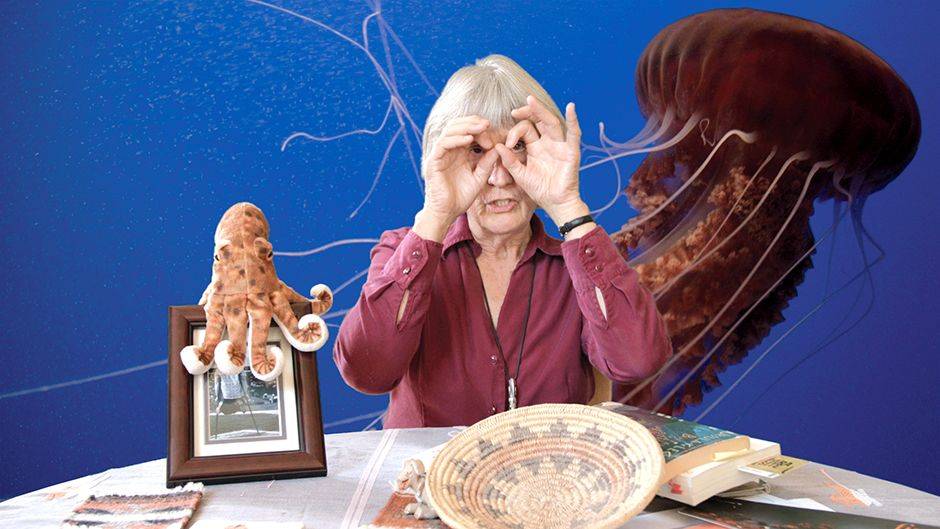
Fabrizio Terranova: inside Donna Haraway's world at KFDA
My films are, first and foremost, declarations of love," Fabrizio Terranova tells us. The Brussels director's films pay tribute to atypical women whose thinking has shaken up the way we see the world. Following his portrait of the shaman Josée Andrei, Terranova moved on to film Donna Haraway. Born in 1944, the US philosopher and biologist is a leading light of feminist and contemporary thought. Haraway conveys her ideas in stories, often inspired by science fiction. Her refusal to distinguish between the human and other species, and between living beings and machines, has introduced an innovative way of looking at how we understand the future. Convinced that the end of the world is nigh and that Haraway's stories are capable of offering hope, Terranova headed off to spend a summer with her in her home in California.
What gave you the idea of making a film about Donna Haraway?
Fabrizio Terranova: I didn't want to go into her writings in depth, what interested me was her writing style. Donna is not afraid of narration. In the 1980s, that was the opposite of what modernity seemed to require. Narrative was vulgar. But not for Donna. Her strength is that she mixes lots of levels in a story, including those ruled out by academic discourse, such as science fiction. When she refers to Star Trek, she's not posing, like lots of academics do without really integrating science fiction into their thought. For example, Donna incorporates into her stories the figure of the Cyborg – and also that of her dog, Cayenne, whom she claims is a key collaborator in her work.
Via science fiction, she shows us that another world is possible. How would you describe Donna Haraway's world?
Terranova: It's a world in which the relations between different species have completely changed. Men and women live together in reconstituted micro-communities that don't obey gender norms. They don't see the solution as a great final outcome in which we'll all live happily ever after. These people live in a world in ruins; it's our world, but they have decided to change their relationship to it by being more in harmony with the animal kingdom and by using technology to resist.
You devoted your first film to Josée Andrei and you are now paying a tribute to Donna Haraway. Is this the beginning of a series?
Terranova: I don't know yet, but there is a clear link between the two portraits: they are tributes to my mother and my sister, who come from a completely different history, who experienced the hard times of the Italian immigrants, and who were not able to develop their own enormous potential. I'm not trying to pay tribute to them in a personal way, but by raising questions about the place of women in society. Donna and Josée are powerful figures, capable of inspiring other women because they make their feminism tangible. They fully accept who they are and, above all, they have worked to redefine society's norms.
Your film takes a completely different approach to those "traditional" portraits that follow an individual from day to day.
Terranova: That approach to documentary does nothing for me. When I make a film, I need to take out everything that is everyday. For me, filming Donna making a cup of coffee or walking her dog has the effect of interfering with her energy. Likewise, I didn't want my understanding with Donna to be the thread running through the film: it had to have a direct relationship with her thought. I'm in favour of the film-maker taking a back seat, being present indirectly in each shot and each edit.
In your film, you turn to techniques used in cinema fiction, such as the green screen and other special effects, including a giant octopus that threatens to swallow up Donna. Is that a nod to her own narrative techniques?
Terranova: I wanted to be in tune with the playful dimension that is ever-present with Donna. It's a way of ceasing to think that laughter and having fun are for stupid people. Once we're all agreed that we're living in a world in ruins, the ways in which we go about tackling the possibilities for change are important. Creating stuff that induces anxiety and constantly repeating that it's serious is counter-productive. I think I played with Donna's feelings, but I have also become resistant to a classic narrative of the cinema.
So what is your relationship with the cinema?
Terranova: I think the history of the cinema is permeated by non-feminist thinking. To give an example, nothing could be more misogynous than the Nouvelle Vague. Cinema is a relationship of authority. In the same spirit as Donna with science fiction, I think all the contents of YouTube should be an integral part of the history of cinema. For me, if there is one art that is superior to all the others, it's music, because it is the art in which popular culture can best express itself and in which questions of grammar are completely shattered. For me, for example, Kanye West is clearly today's equivalent of John Cage.
Has your love of music had an influence on your work in the cinema?
Terranova: Kanye West's last album was a big influence on the editing of my latest film. What I find inspiring is the meticulousness with which he adds layer on layer, the way he incorporates Rihanna's voice into a Nina Simone sample. But there are, of course, lots of other influences, including Judd Apatow's TV series Love, for example.
From that point of view, could one compare Donna Haraway to Kanye West, each in their own style?
Terranova: [Laughs] I don't know if Donna would agree, but I think she and Kanye West clearly have something in common in the way they draw strength from using a number of strata, even if their characters are very different.
KFDA, DONNA HARAWAY: STORY TELLING FOR EARTHLY SURVIVAL, 25 > 28/5, Beursschouwburg
Read more about: Film , Kunstenfestivaldesarts 2016
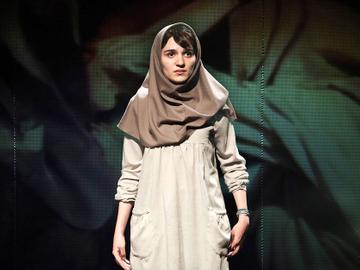
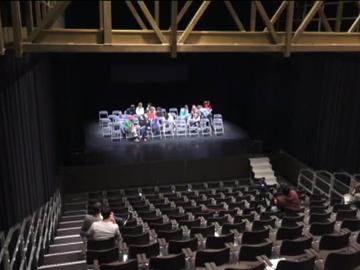
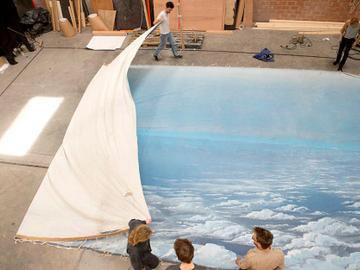
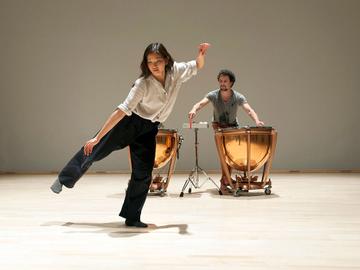
Fijn dat je wil reageren. Wie reageert, gaat akkoord met onze huisregels. Hoe reageren via Disqus? Een woordje uitleg.